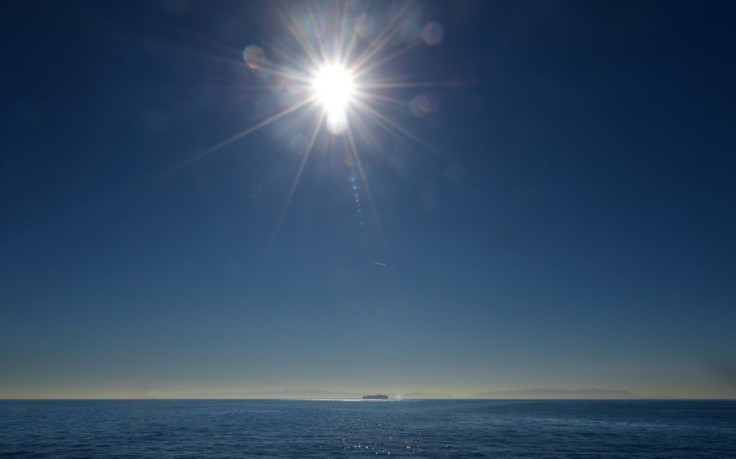Mysterious Gas Reserve In East China Sea Floor Could Be A 'Ticking Time Bomb'

Seismologists and other researchers have detected a huge reservoir of gas off the coast of Japan underneath the waters of the East China Sea. This pocket may be one of several around the globe where conditions are similar. But the big questions are: Is the gas mostly carbon dioxide (CO2) or methane (CH4)? And, why is it potentially a “ticking time bomb”?
Seismologist Andri Hendriyana and colleagues at Japan's Kyushu University studied seismic pressure waves caused by movements of Earth’s tectonic plates over liquid magma. Hendriyana explained, “Seismic pressure waves generally travel more slowly through gases than through solids. Thus, by estimating the velocity of seismic pressure waves through the ground, we can identify underground gas reservoirs and even get information on how saturated they are.”
This latest study also used improved computer technology that allowed the researchers to create a cross-sectional “map” than was much more detailed than was possible with previous surveys.
The gas composition is probably a combination of CO2 and CH4 and other trace gases that can form due to the heat and pressure of seismic and microbiological activity. Both gases are considered greenhouse gases.
CO2 is the current “bad guy” for people who believe that rising levels of man-made CO2 is the main culprit with a rise in global temperatures. Plants absorb CO2 while mammals, including humans, exhale the gas through the process of breathing. CH4, also called “natural gas”, is useful as a fuel making it a valuable commodity as an energy source. It is truly a “bad boy” with about 30 times the heat-trapping capability (as in the greenhouse effect) of CO2 and it can combust in the presence of oxygen.
The “ticking time bomb” aspect of the huge gas pockets is if a seismic event causes a rapid release of a large amount of the gas mixture into the oceans. The first catastrophic effect would be that the waters above the release would become saturated and lose density causing large vessels and boats to sink due to a loss of buoyancy.
The gases not absorbed by the water would then enter the atmosphere making it temporarily unbreathable. If the gas is mostly CH4, the atmosphere, just like the waters, will lose density and cause turbulence that could cause any aircraft flying over the area to crash. Interestingly, this is one yet to be proven theory that some use to explain the loss of ships and aircraft in the Bermuda Triangle
Finally, the CO2 and CH4 would add their greenhouse capabilities into the upper atmosphere and that would dwarf any additions by automobiles, industrial activity or through bovine flatulence.
© Copyright IBTimes 2024. All rights reserved.



















